One of the few times we can really talk to each other is on a long flight. And recently, with our latest Bess Crawford mystery, A Cruel Deception, having recently gone on sale, we found ourselves discussing women in books, and what makes a strong character. Not necessarily good or bad, just strong enough to leave a lasting impression. Here’s the list we came up with. It’s in no particular order—we weren’t rating them. How would you change it—or add to it?

REBECCA in Rebecca by Daphne du Maurier must be on any list. The unnamed narrator just stands by her man, as her mild nature dictates. But Rebecca has all the men in the novel at her feet—and uses them mercilessly. Du Maurier never really suggests why she is that sort of woman, what in her past might have led to using her sexuality to get what she wants. The only clue is that she is beautiful, and rather charismatic with it: That something that will turn a man’s head before he has time to think it through. She dominates the story from start to finish, and even in death, she reaches out from the grave to go on shaping her world. She’s rather like Lady Mary in Downton Abbey, selfish and unsatisfied with her lot, but the average woman between the world wars knew her “place”—with home, husband and children. We wonder what they made of Rebecca, whether they envied her, saw her as a threat to their quiet domestic life, or found her fascinatingly wicked.
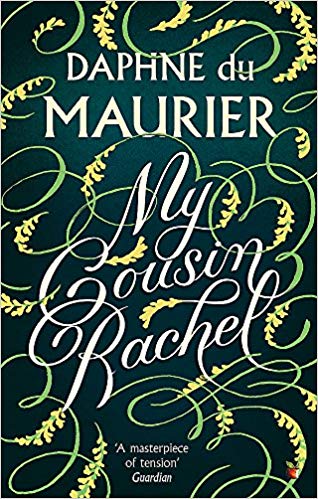
RACHEL, in My Cousin Rachel, also by Daphne du Maurier is an enigma. With the sophistication of Europe behind her, Philip Ashley, who is young and green, doesn’t quite know what to make of his cousin’s widow when she comes to Cornwall. Yet she dominates his life and the book. But is she a murderess? Or a victim? In the end, Philip destroys what he can’t have, the selfishness of youth. But the question haunting him is never answered. And the reader is left to draw his or her own conclusions about Rachel. Rebecca overshadowed Rachel in the public eye, but drawing her took far greater skill and understanding. She was all that the insular world of Cornwall wasn’t, which made her suspect. Her sin, finally, was that of being a foreigner, suspicious, grasping, even evil. And a foreign woman at that.
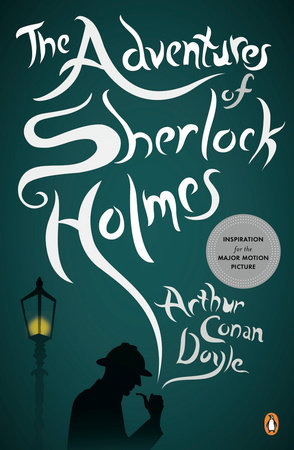
IRENE ADLER appears in only one Sherlock Holmes short story, A Scandal in Bohemia, but she has caught the reader’s imagination ever since. Why did Conan Doyle give his character a female adversary who appealed to his mind, and was beautiful into the bargain? To make his character a whole man, not immune to the demands of the flesh? A person who could feel like everyone else, given the right temptation? Or was she there only to show that talents such as theirs could be used for evil as well as good. The mirror image of the man in every way. His reflection, and at the same time there to point up his decision to use his skills for the benefit of people. And yet he is drawn to her. Like Rebecca, she has no scruples. Like Rachel she is different. A far cry from the women Holmes has encountered in his daily life. Or perhaps the question is, what did she represent to Conan Doyle, in a period dominated by inhibited Victorian women, but also a time where naughty photographs of wicked women were readily available.
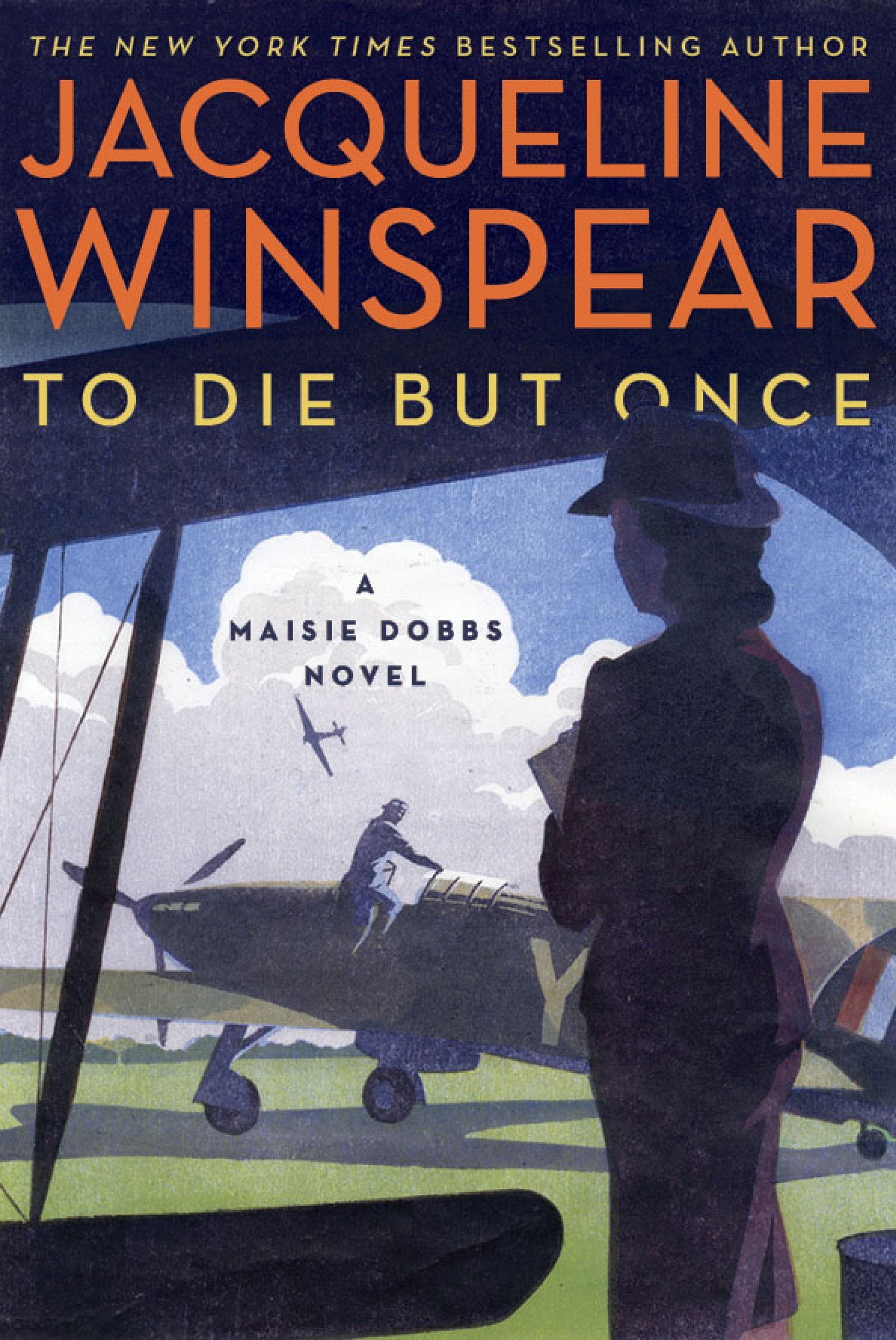
MAISIE DOBBS, in Jacqueline Winspear’s series named after its leading lady, grew from a servant girl in all but name to become a national asset in the next war. Given that day and age, was such a transition possible? Even such a strong woman as Maisie, would have been ignored by the men of the ruling class because of her background. What is it about her that breaks through? A good mind isn’t enough. Not sex. Was it a refusal to be denied, the right contacts—and the first glimmer that England might one day make a greengrocer’s daughter the next Prime Minister? Or perhaps Maisie is in some fashion a reflection of the late Queen Elizabeth, whose spirit and courage helped Britain survive the darkest days of the Second World War. She was never destined to be Queen, but she too rose to the occasion when the time came. Maisie, who came into her own in the Great War, becomes a foreshadowing of another war where once more women were called to fill new roles, and be forever changed.
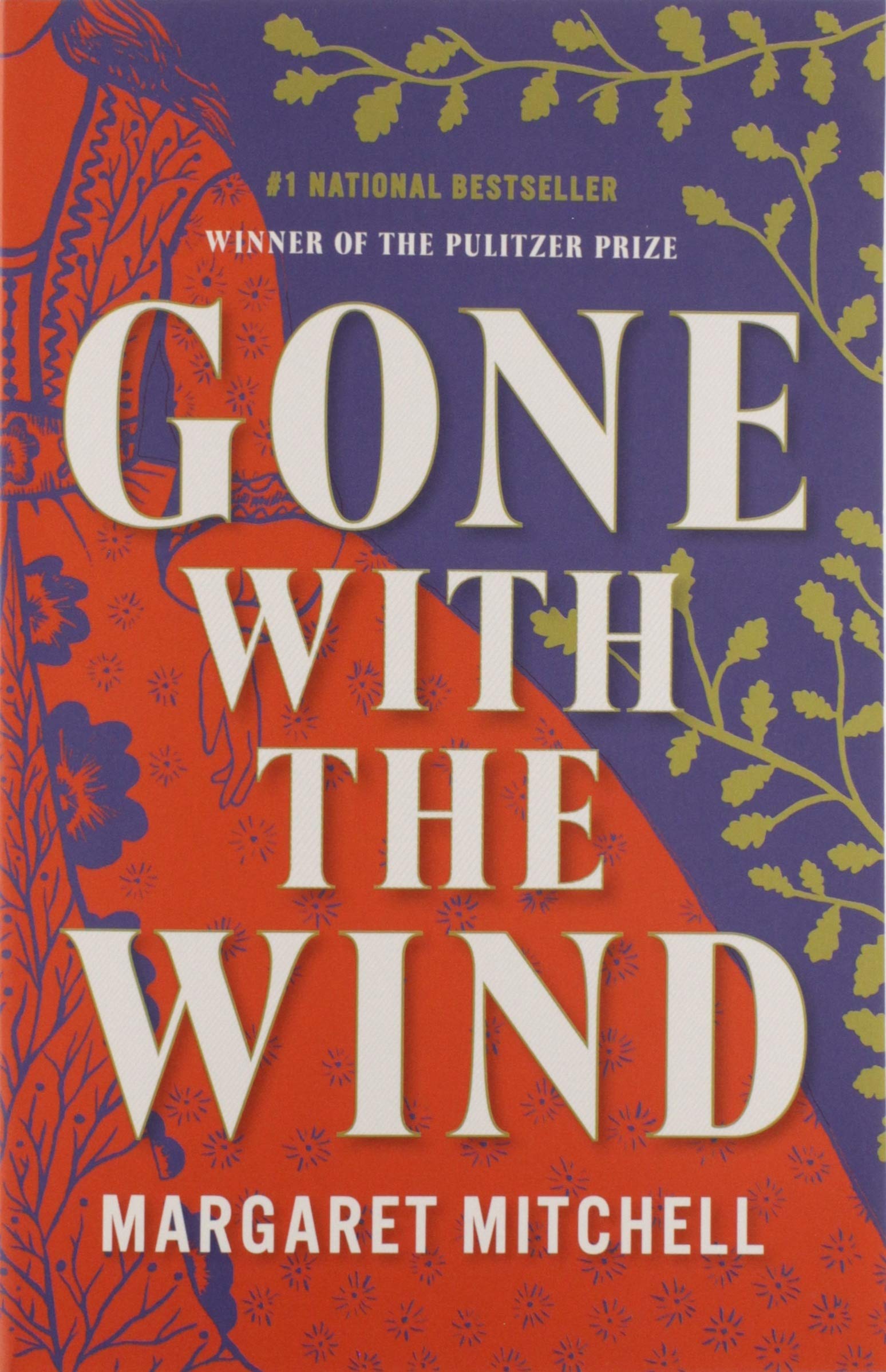
SCARLETT O’HARA in Gone with the Wind by Margaret Mitchell doesn’t appear in a mystery, but she has to be included in any list of strong women. She was also selfish to the core—she stole Charles Hamilton, her sister’s beau, in an attempt to make Ashley Wilkes jealous—but it was her strength that carried the day when her family was starving. Then there’s Melanie, the good woman, the opposite of Scarlett. It’s an interesting pairing, for they love the same man. We mustn’t forget Belle, the Madam, clearly going to hell, but with a good heart. But it is Scarlett, growing from a flirtatious girl to a bitter woman, who is remembered because every other character in the book is her satellite, never her equal, including Rhett. Unlike Rebecca, Scarlett’s selfishness becomes her driving force, the courage to survive war and deprivation—and that suggests that women who are passive must depend on the strength of others. And Melanie recognizes that as she defends Scarlett, even as others condemn her.
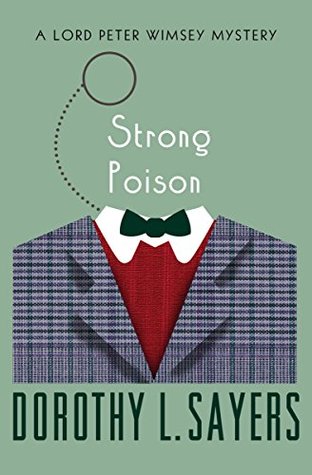
HARRIET VANE in the Wimsey series by Dorothy L Sayers, is accused of murder when first we meet her, and never an easy partner to Lord Peter. As fans of the series, we find ourselves wondering if Sayers couldn’t live with a man who could stand on his own, and had to bring in a woman to change him forever? We’ve never quite been comfortable with Harriet, whose personality is abrasive and unsettled by love, and yet she is forever linked with the series. For better? Or worse? Was she the author, in disguise, unsettled and trying to find her own way? Perhaps she also represented the woman between the wars who was suffocated by meekness and domesticity, and yet didn’t have a way to break out, didn’t have the beauty of Rebecca nor the sophistication of a Rachel, nor even the determination of a Maisie, to sustain her. She tries to escape but her doubts about falling back on matrimony betray her.
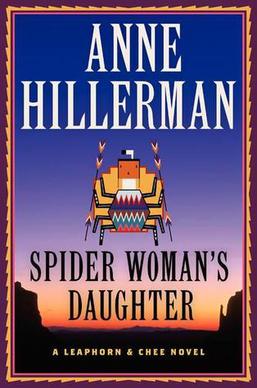
BERNADETTE MANUELITO in the Hillerman books, both Anne’s and Tony’s character. She is a minor female officer in the Leaphorn and Chee books, yet strong in her own way. Then Anne took her as her own lead character, and made her as interesting as her male counterparts. It was a bold move, rather than trying to continue her father’s leads. Was it successful? Yes. Bernadette stands on her own despite the long shadows cast by two famous men, taking nothing away from their stature while building her own. That’s good writing. But it also represents the changing world of law enforcement, where a woman can prove that her wits, her intuition, her courage can earn the respect of men who have already proven themselves and are not threatened by a woman in their ranks. And that’s the key—men who aren’t threatened by a woman succeeding in their field. It’s not to say that Bernadette has life easy in the culture that is part of her. Only that she is given a chance to show her worth.

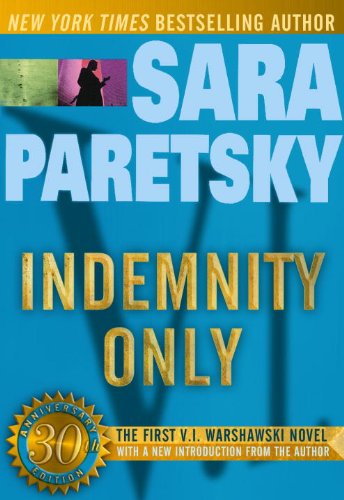
Sara Paretsky and Sue Grafton broke into the male dominated private eye genre with two strong women who also never relinquished their femininity: V. I. WARSHAWSKI and KINSEY MILLHONE who could give a performance as formidable as any of the classic PI characters, and who set modern women writers well on the road to sharing not only the spotlight but also the fame and dollars. Writers like Jamie Freveletti followed in their footsteps, but these characters were never just a FIRST—they continued giving superb examples of women who could work in a man’s world. What’s particularly important too is that women readers and many male readers were ready for this new approach to the PI novel and receptive, indicating that the time was right. And that in no way diminishes Sara’s and Sue’s courage in breaking the barrier and getting their work published.
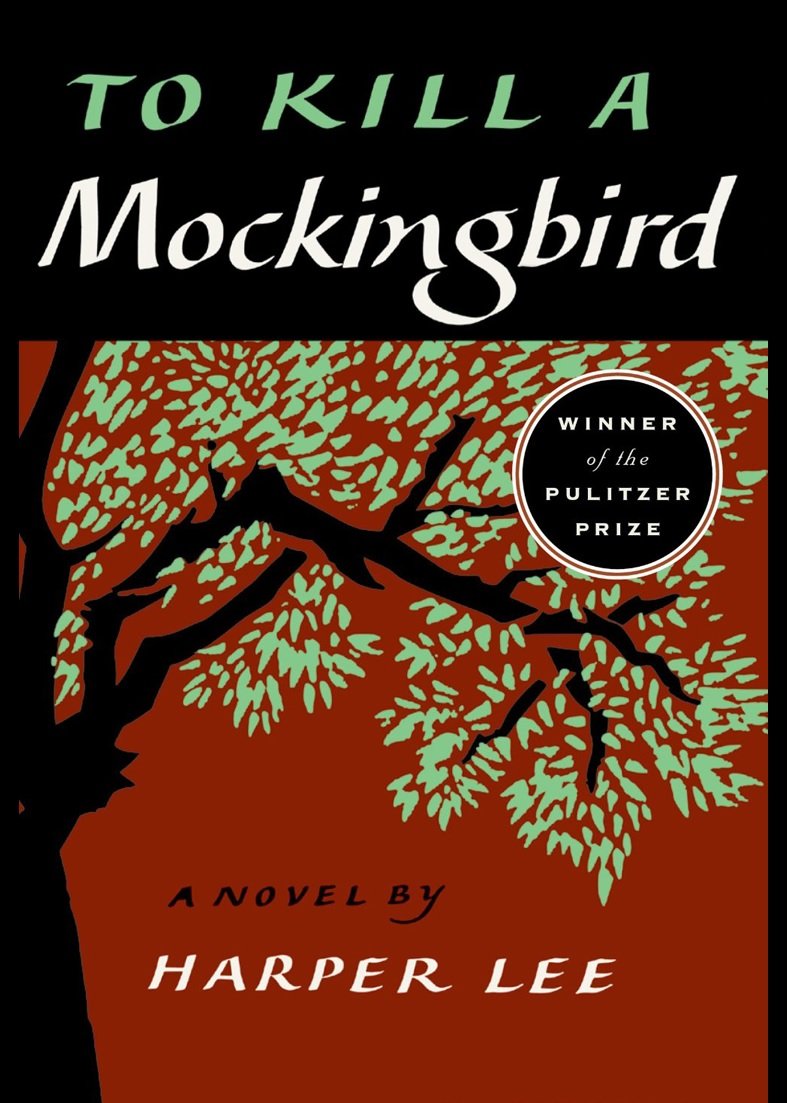
SCOUT in To Kill a Mockingbird by Harper Lee isn’t a woman yet, but she’s certainly one of the memorable female characters in literature. We watch her witness events that will change her life and her view of people, and she comes through with the potential to be a strong and steady woman. Her father’s daughter. So many women are tested in childhood—and either break or become stronger. Scout speaks for them. Atticus is the hero of this story, his own courage and strength of character evident. But Scout puts him and his character into perspective, his role as father and his role as lawyer, so that the reader’s insight into him is complete. The story would have been very different if Scout had been a son and not a daughter, because their visions would not have been the same.

ELIZABETH BENNET, of Pride and Prejudice by Jane Austen. Her famous character is completely different from a Rebecca or an Irene, nor is she like Masie or even Scarlett. Badgered to marry in an age where it was expected for daughters to marry, and for the eldest not only to marry well but help her sisters do the same, Elizabeth is outspoken and strong enough to resist the social and family pressures to do her duty. In the end, she changes a man who loves her enough to change. At the time of writing, this was rather unheard of. But Elizabeth is an educated woman, thanks to her father, and no brash-world changer. She holds to her principles, and instead of challenging society, she works within it, and in the end forces it to respect her for it. Her steady will in face of criticism as opposed to her younger sister’s flaunting of social norms offers a completely different interpretation of a woman’s strength. And that is not to be taken lightly. It is often that quiet character that changes the world around them for the better. We see this today in the many small acts of courage that go unnoticed, but define what a woman’s voice can accomplish.

CATHY in Wuthering Heights by Emily Bronte. Again, she dominates the story. Willful and seduced by a world so different from the dour one in which she grew up, she wrecks the lives around her, and in true Gothic form, dies for her sins. But she was a wild creature in a time when nice women were not expected to be wild. And her creator was a parson’s daughter. Yet she rings true, even her haunting of Heathcliff after she dies. There’s no sex or bawdiness, nothing that we’d associate with a Cathy today. It’s something there in her character, a need and a class issue and the question of nature vs. nurture. In some ways, it’s what happens to women who have the will to change, but who never find the right outlet for that change. Who go headstrong into what they believe in, without stopping to weigh the cost. Cathy was shaped by the world around her, by the remote setting, and by her own desire not to give in to that world. She’s neither a Rebecca, although she might recognize Rebecca, nor an Elizabeth, whom she would have found weak. But Elizabeth had opportunities that Cathy was never given. And that’s an important point. Opportunities. Too often women are denied a chance to prove what they can do or be. Cathy could be the poster child for them.
* * *
That brings us to a final thought. How does a writer create strong women? Or for that matter women like Elizabeth Bennet who remain so popular over centuries? It must come out of the character herself, of course—one can’t sit down on a Tuesday and decide to write a Scout or a Rachel. And she must be integral to the story and the setting and the action. Cathy set outside Yorkshire might not have developed the same way she had on the moors, and if Philip had grown up in Manhattan, he might have had the background to better understand Rachel. Even so, there seems to be no formula for creating an outstanding female character who will, for good or evil, stand out as a strong and memorable woman who either defies or exemplifies her world. And yet these characters happen. And readers are the beneficiary of that happenstance.
As we asked in the beginning, how would you change our list—or add to it? And more importantly, why.
—Caroline and Charles Todd, Authors of both The Ian Rutledge and the Bess Crawford series


















